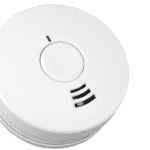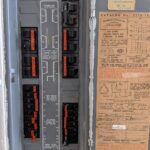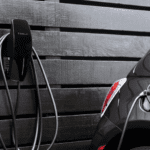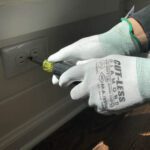New! We Now Offer Plumbing Services
CWC Electric is now CWC Electric & Plumbing, proudly serving Topeka and Northeast Kansas with reliable plumbing solutions for your home or business. We’ve welcomed Nick McCart, a 25-year veteran of the trade, to lead our Plumbing Division. From leaks and repairs to full installations, trust our local team for expert service—done right the first time.







